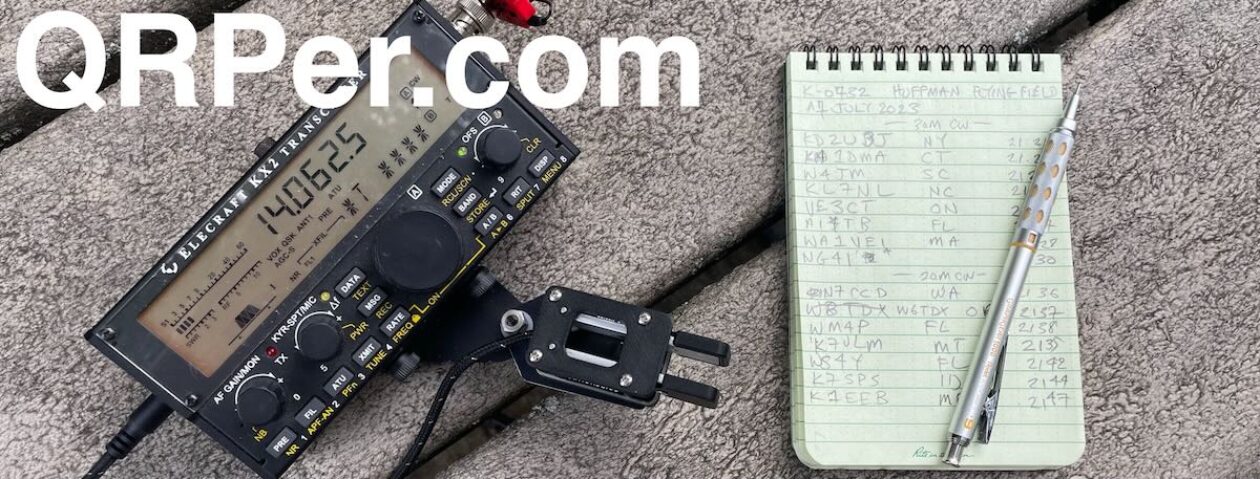by Teri (KO4WFP)
It has been two and half weeks since the final activation of my winter-break Florida POTA trip. Despite a polar vortex dumping frigid weather into Georgia, I was determined to activate and continue working on my 60 new-to-me park activations goal for 2024.

About an hour and a half from my home QTH is Yuchi Wildlife Management Area (K-3778). The property is managed by the Georgia Department of Wildlife Resources and located next to the Savannah River, the border between the states of Georgia and South Carolina. The site consists mostly of pine uplands and hardwoods with some acreage of openings for wildlife. One can hunt for deer, turkey, small game, and doves as well as utilize the public shooting range located on the property.
Given the time of year, I pulled out my copy of the GA Department of Natural Resources (DNR) Hunting Regulations booklet to see what might be in season right now. Looking at the specific regulations for Yuchi Wildlife Management Area (WMA), only dove season might be an issue while I activated the park. Just to make sure, I contacted the appropriate DNR office and spoke with a helpful employee. He assured me I was not likely run into anyone hunting on a weekday for doves or small game. Of course, Daisy and I would wear blaze orange just to be careful when outside the car.
My time for an activation was tight given my previous commitment as a K3Y/4 operator for the Straight Key Century Club the same afternoon. However, if I got an early enough start, I could make it work.
Daisy and I left the house around 7:30 AM with a quick stop at Lowe’s. I really didn’t want to sit outside in the chilly temperatures; it was 26 degrees according to the weather app. The stop at Lowe’s was to take advantage of an idea generated by a comment from John KK4ITX, an idea I hoped would keep me warm in the car during my activation.
The drive to Yuchi WMA was pleasant. I enjoy driving in rural Georgia. This particular drive went through the towns of Oliver, in which I found another diminutive and cute U.S. Post Office, and Sylvania. Sylvania had that typical small-town feel. I snapped pics of the two murals I saw, something I look for and often find in these communities.
Daisy and I finally arrived at the WMA about one and a half hours after departing Bloomingdale. Before we reached the site, its neighbor, Plant Vogtle, revealed itself.
The plant is a four-unit nuclear power plant managed primarily by Georgia Power. The first two units went online in the late 1980s. Units three and four were the first nuclear units in the United States approved since 2016. Unit Three is operational and Unit Four is supposed to be up and running this year. When all four units are operational, Plant Vogtle will be the largest nuclear power plant in the United States.
Daisy and I found one of the open dirt roads on the property and begin our search for a suitable QTH. Thankfully my Subaru Crosstrek has four-wheel drive as there were soft spots on the road. I wouldn’t want to drive here after a heavy rain.
We drove past plantings of pine as well as areas of hardwoods. After rounding a corner and driving up a slight incline, a wider opening in the canopy appeared. On one side next to a planted pine field, there were several taller deciduous trees now devoid of foliage. It looked to me like a perfect QTH for today’s activation with abundant sunshine. Continue reading Braving the Polar Vortex at Yuchi WMA







































































